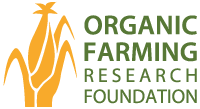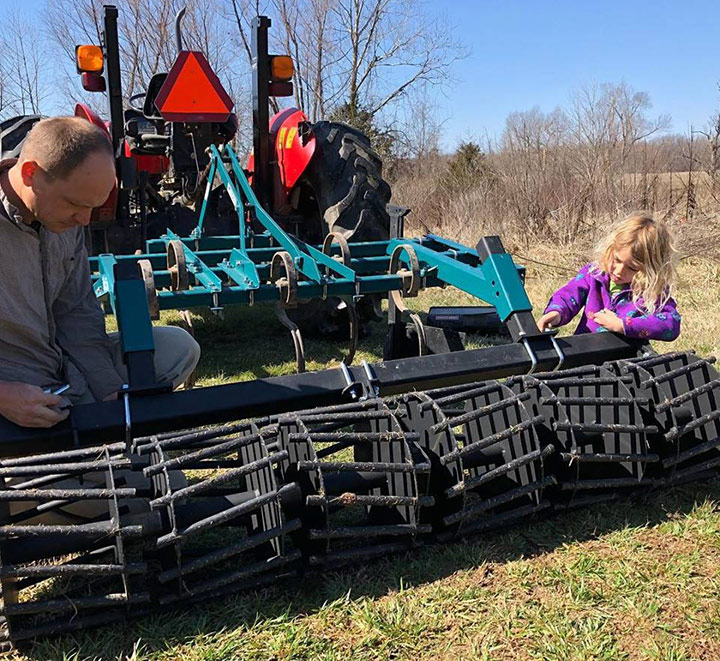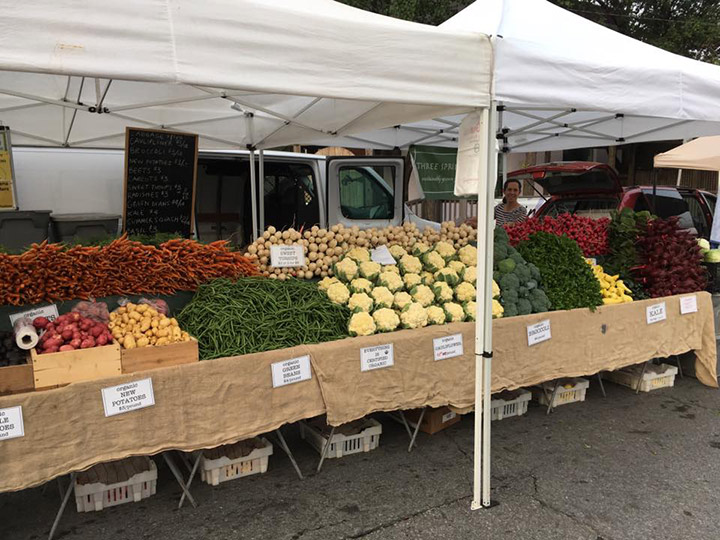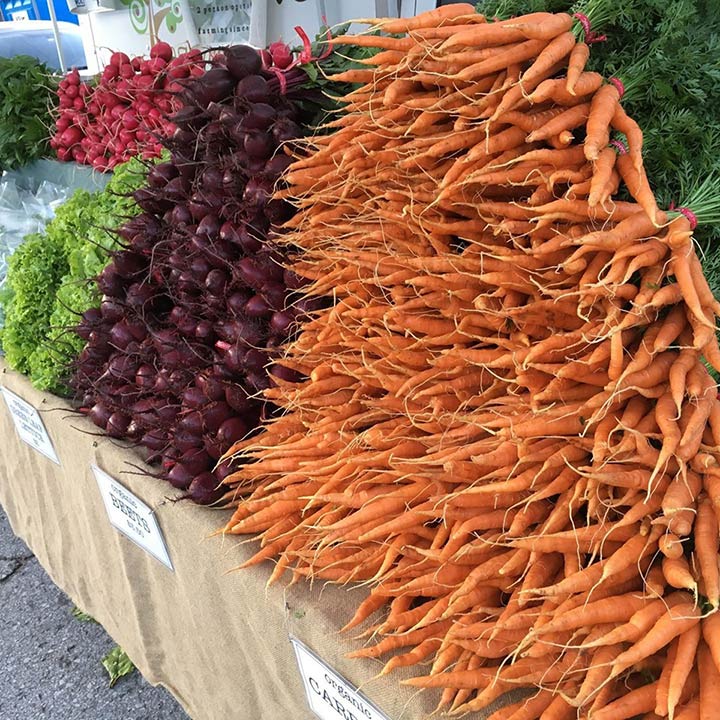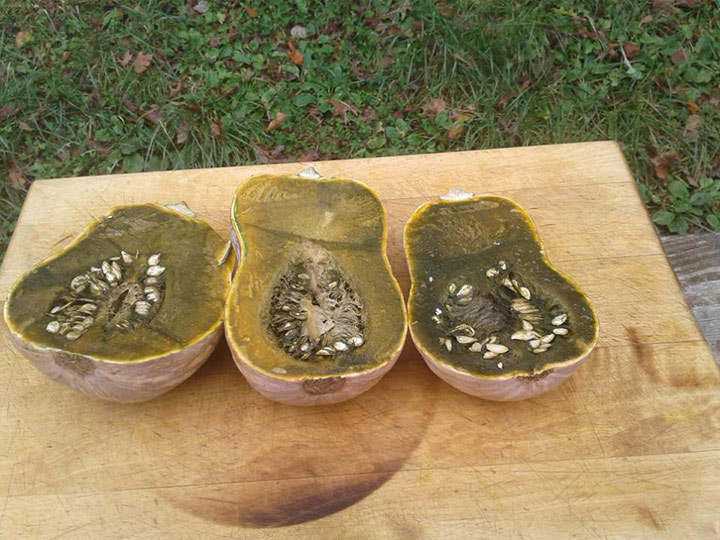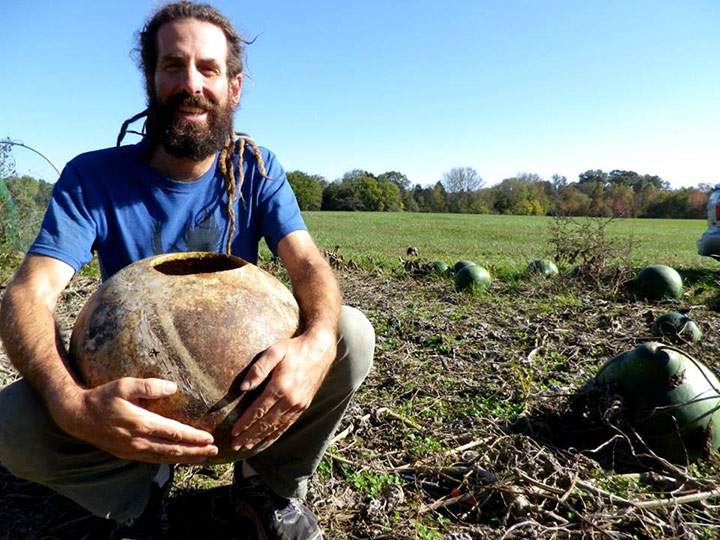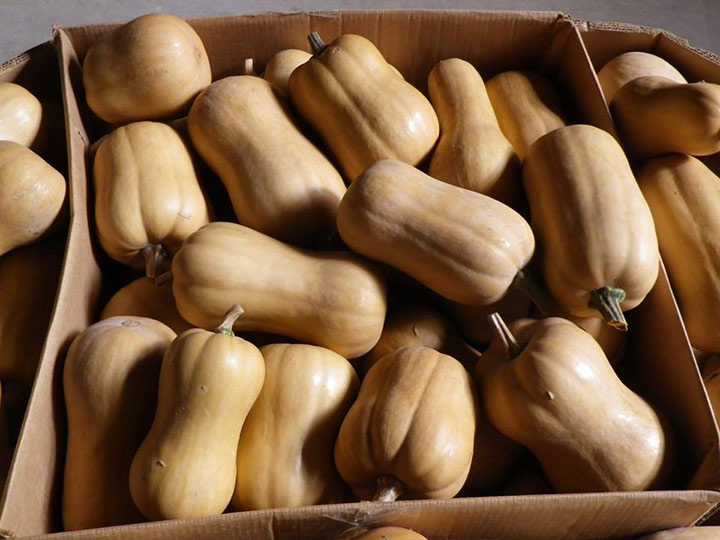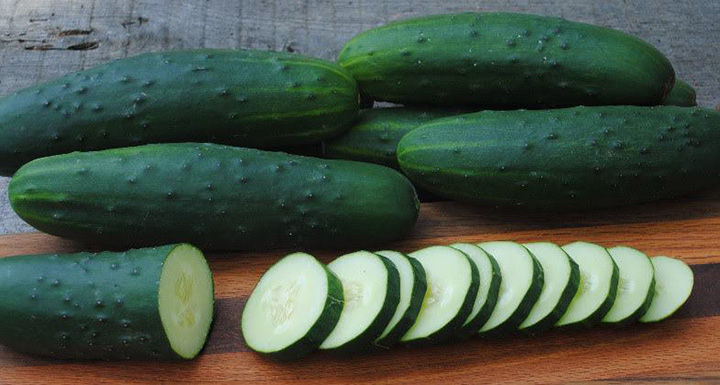Why It’s Important to Keep USDA ERS Independent
August 30, 2018 – By Carolyn Dimitri, Associate Professor of Food Studies, New York University, Board Member, OFRF
Earlier this month, Secretary Sonny Perdue of the U.S. Department of Agriculture (USDA) announced his intention to move the Economic Research Service (ERS) from Washington, DC and place it under the direction of the politically appointed Office of the Chief Economist. These changes will result in the loss of expertise and jeopardize the quality, relevance, and overall integrity of the agency’s research.
As a federal research agency focused on food and agricultural issues, USDA ERS is a forward looking organization that identifies pressing research questions and engages in analysis to fully understand our food system. The range and quantity of issues ERS analyzes is vast, covering the entire the food system—from farm to table and everything in between.
Overall, the mission of ERS is to provide high quality, policy relevant, national level research on all matters related to food and agriculture. The agency serves as an incredible source of unbiased information about the costs and benefits to stakeholders in the food system. Only an independent, research focused government agency is able to accomplish this task.
The agency’s current location in Washington DC, and placement as a part of the USDA’s Research, Education and Economics mission area reinforces the fact that ERS works for the public interest. Moving ERS outside of Washington, DC and reorganizing the agency to be under the political thumb of the Office of the Chief Economist will likely undermine the integrity of the research, and could potentially jeopardize the operations of ERS for years to come.
Unlike other agencies that are exclusively farmer focused, ERS examines both agriculture and the entire food system. And as a federal research and statistical agency, ERS works with other professional agriculture and research federal organizations in the D.C. area. Having started my economics career at ERS, I enthusiastically developed a portfolio of research that considered the public good, without the constraints of satisfying academic requirements for tenure at a university, or the need to consider profit or partisan politics. While at USDA, I was able to research and report on organic agriculture without outside political pressure, in order to provide impartial scientific analysis for congressional and agency officials as well as the program agencies of USDA that deliver key agricultural, environmental and food system services.
ERS serves the public interest by examining food and agriculture programs for all stakeholders including farmers, producers, consumers, food and agriculture companies, and addresses the types of relationships that facilitate the movement of food along the supply chain. The complexity of these relationships cannot be overstated, and the research and analysis of programs that impact our food and agriculture systems should not be tainted or swayed by the politics of any administration.
Being in Washington, DC, in close proximity with other federal research and statistical agencies allowed me and my ERS colleagues to directly interact with research and economics professionals to efficiently and effectively do our work. Now, sitting in the Department of Nutrition and Food Studies at New York University as a PhD applied economist, I am continually impressed with the integrity and quality of economic analysis and reporting of ERS . . . but I am concerned about the future. I urge Congress to put a stop to this disrupting move and reorganization that would lead to a dismantling of a government research agency that is respected throughout the food and agriculture community.

